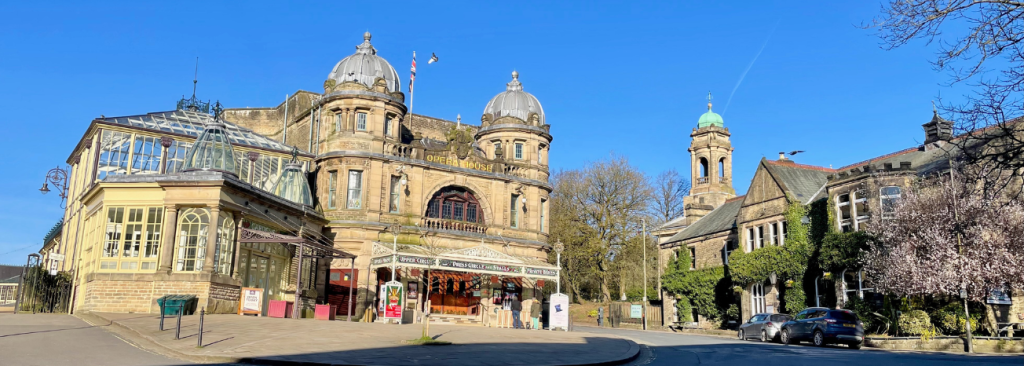A very big 120th happy birthday to Buxton Opera House today! As our ‘theatre in the hills’ reaches a milestone birthday, we take a look back at its rich history and how the theatre established itself as the prominent cultural institution it is today.
This magnificent masterpiece designed by celebrated architect Frank Matcham, opened on 1 June 1903 with the show Mrs Willoughby’s Kiss. Incidentally, King Edward VII and Queen Alexandra were supposed to attend the newly opened opera house, which caused much excitement. However, the visit never took place due to the King suffering from a bout of flu!
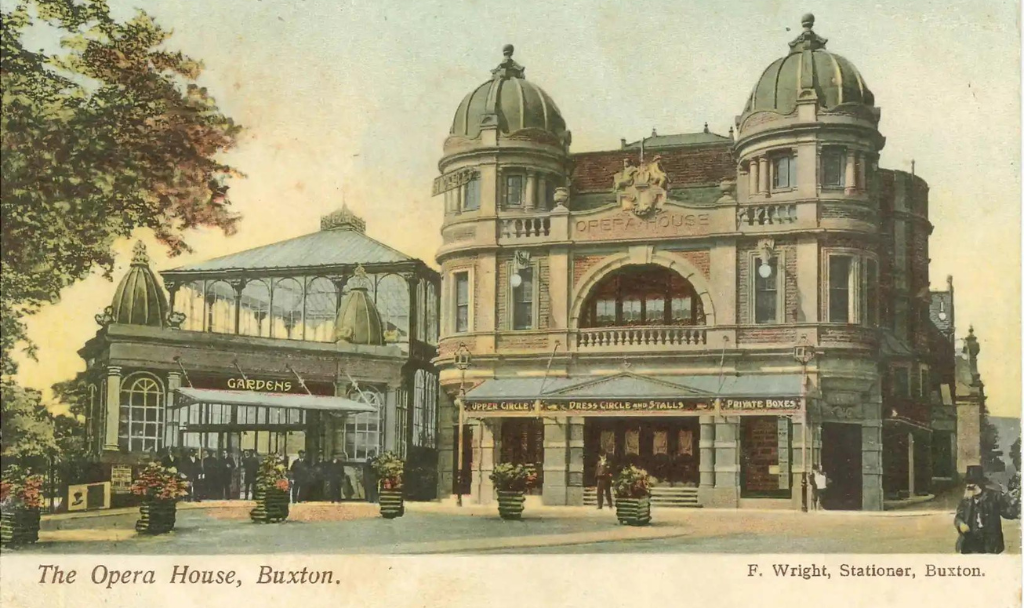
Image: © Buxton Museum & Art Gallery.
Matcham was an extraordinary theatre architect and Buxton is considered one of his finest works. By the time of his death in 1920 he had designed at least 150 theatres of which only 24 remain in use today. What made Matcham so popular and well-renowned was his deliberate inclusion of comfort and accessibility (in the nineteenth century sense) in his Victorian and Edwardian theatres. They were purposefully designed to minimalise obstructed views of the stage, ventilated to maximise audience comfort, and built with purposefully wider and straighter staircases than was typical for the period in order to ease any safety evacuations.
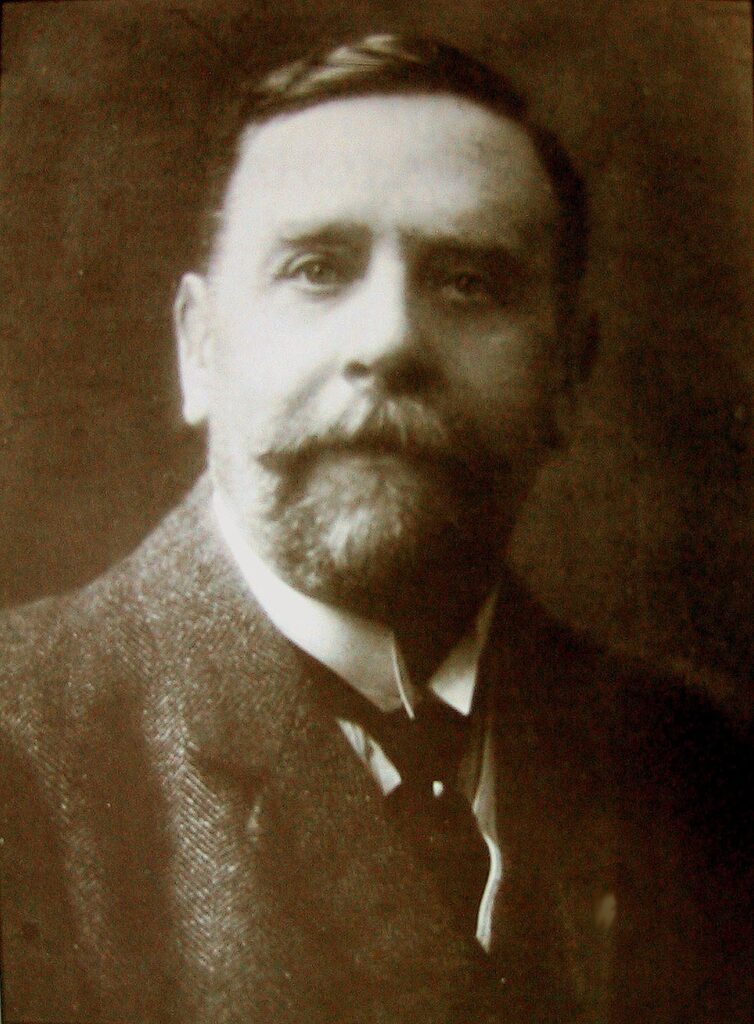
Buxton Opera House is an exquisite example of Edwardian Baroque style, featuring elaborate plasterwork, stunning stained glass, and a grand auditorium that can accommodate up to 900 people.
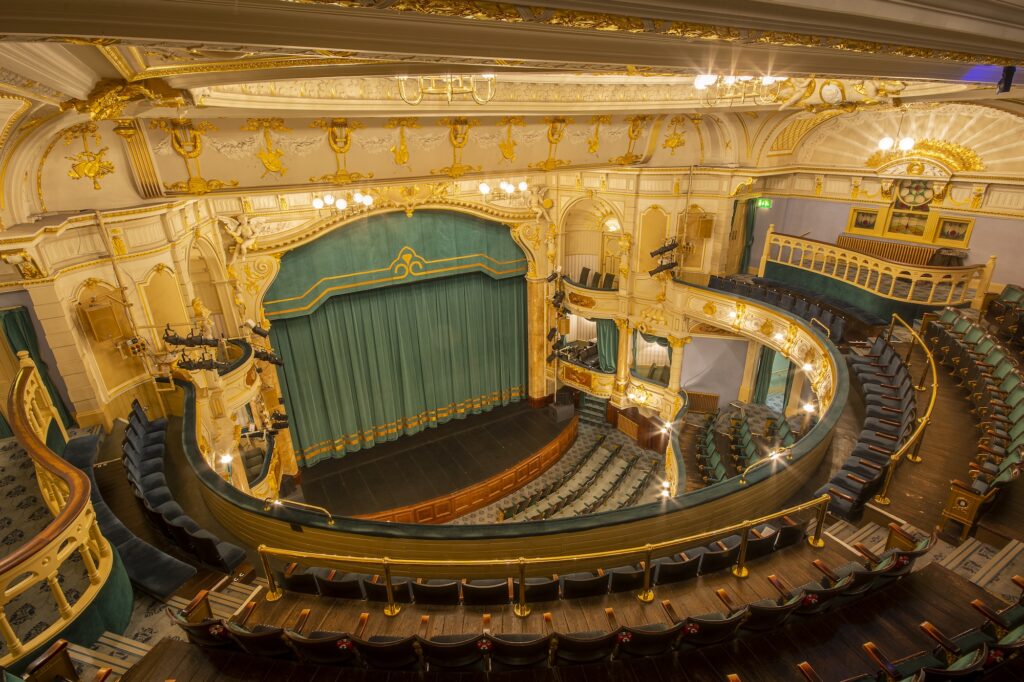
The Opera House ran as a successful theatre, receiving touring companies until 1927. Despite this, it was turned into a cinema showing silent films until 1932 when the theatre was wired for sound. It then became the venue for an annual ‘summer theatre festival’ from 1936 to 1942; two of them in conjunction with legendary director Lilian Baylis and her London-based Old Vic company. Sadler’s Wells also brought opera and the Hallé played regularly in the adjacent Octagon.
However, like many other historic buildings, the Opera House faced challenges in the mid-20th century. The advent of cinema and the changing entertainment landscape led to a decline in attendance. The theatre was forced to adapt and diversify its offerings to survive. After the Second World War, the venue was primarily used a cinema; despite its popularity as a cinema in the 1950s, the theatre began to fall into disrepair. In 1970 the building was given Grade II listed status but in 1976, it was closed, and rumours circulated that it would never reopen. Nevertheless, the essence of its original purpose remained intact, awaiting a renaissance.
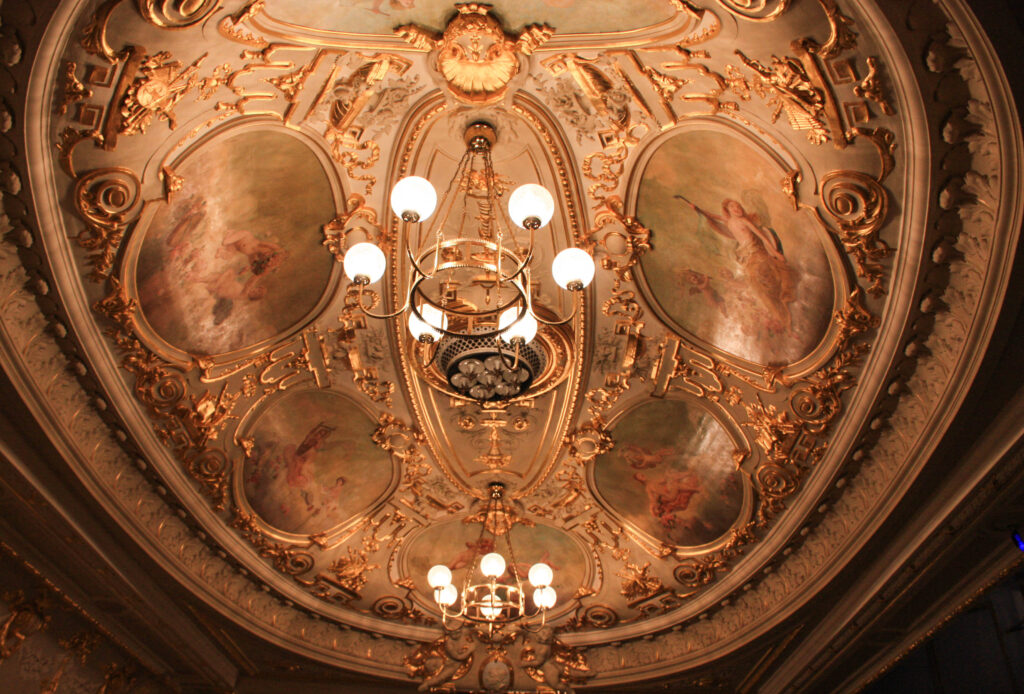
Undoubtedly, the opera house is integral to the existence of Buxton International Festival. BIF’s story began here. In 1976 Malcolm Fraser, then lecturer at the Royal Northern College of Music, visited Buxton on a day trip. Entranced by the beauty of the town he mustered friends from the world of music, and the idea of a festival to revive the Opera House was born.
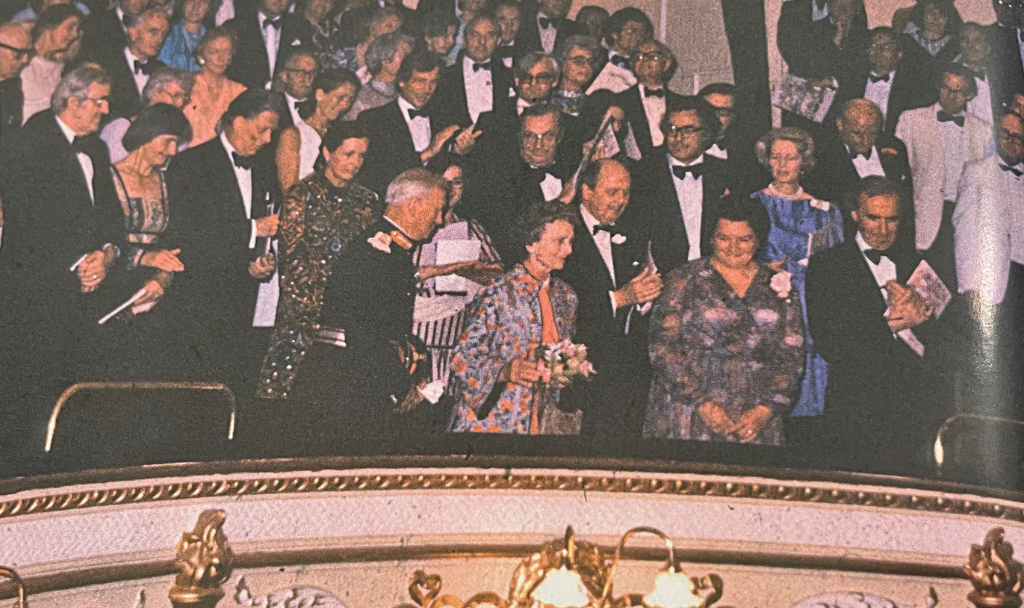
Following dedicated work from local and national groups, a major restoration of the theatre took place and an orchestra pit was added to the original Matcham design. The original ventilation system was also renewed. The theatre was ready to reopen for the very first Buxton Festival. The opening year in 1979 was a triumph, though not without drama. The soprano for the role of Lucia in Donizetti’s Lucia di Lammermoor lost her voice on the morning of the opening performance. A replacement was flown in from Germany, arriving two hours before the went curtain-up! Rarely performed opera quickly became BIF’s signature.
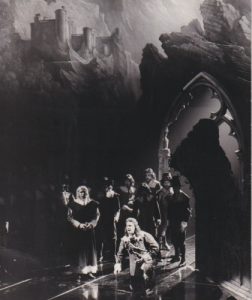
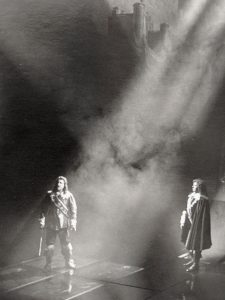
Archive images of Lucia di Lammermoor in 1979
Organisers realised that the Festival needed to offer something different to encourage people to Buxton. These seldom staged works continue to attract not only audiences from across the world but also a stellar array of musicians and artists thrilled to be able to perform in them.
In 1980, Buxton Festival Fringe was born, to run concurrently with the festival. The Fringe has gone from strength to strength, becoming one of the biggest fringe events in the country and regarded by many artists as the warm-up to Edinburgh Fringe Festival.
In the 80s and 90s, the theatre continued to flourish, quickly establishing itself a major national arts hub with a packed annual programme of touring shows, plays, opera, ballet, comedy and more.
In 1999 the Opera House saw a further renovation to secure its future. In 2007 further refurbishment also took place.
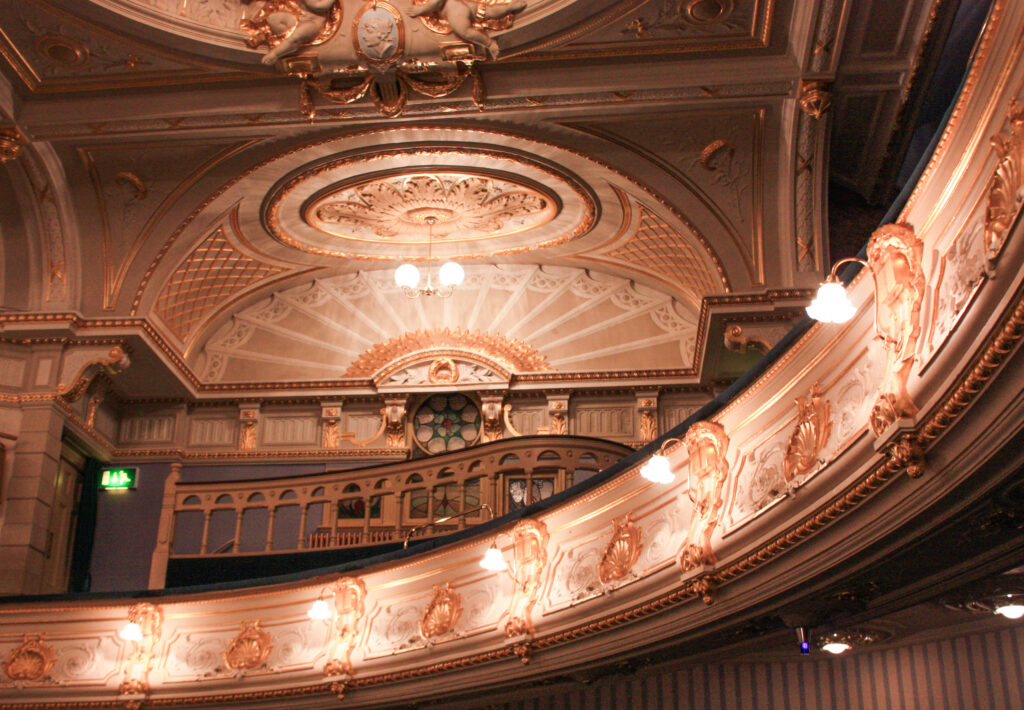
As the theatre continued to grow and expand its offerings, so did BIF. A major concert series was added. In 2001 the then chairman Roy Hattersley came up with the idea of introducing a literary series. 2022 saw a Jazz series added, also to great success.
Today Buxton Opera House is a cherished institution, preserving the legacy of its illustrious past whilst embracing contemporary arts with an ever diverse programme.
It has also become a hub for community engagement, hosting workshops, educational activities, and outreach programs to nurture the next generation of artists.
We are immensely proud to be part of the theatres journey and excited about what the future will hold. A very happy birthday and here’s to the next 120 years of Buxton Opera House!
Click here for the latest events and full year-round programme at Buxton Opera House.

